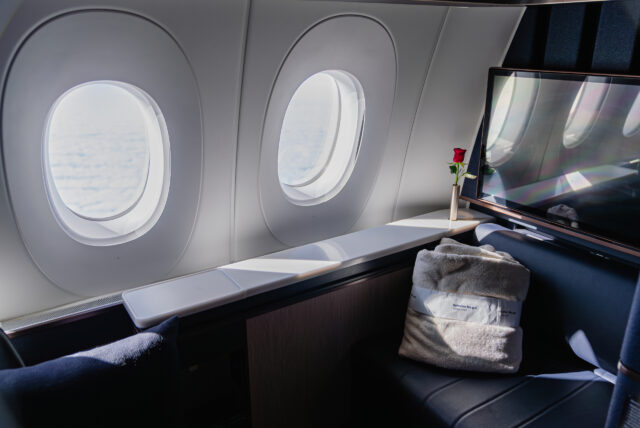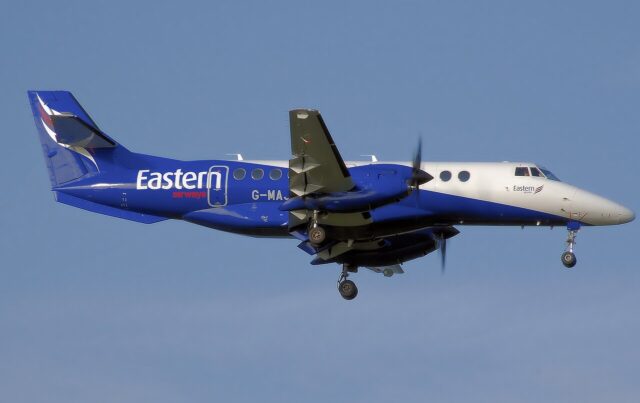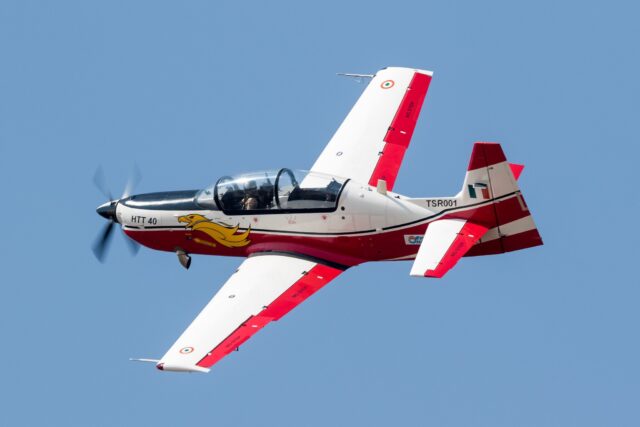French industry stalls FCAS 6th-generation fighter jet over demand for leadership

August 28, 2025

French industry is blocking the Franco-German 6th-generation Future Combat Air System (FCAS) programme from progressing to the next stage. It remains to be seen if the differences between France and Germany are reconcilable.
France demands sole leadership of the FCAS 6th-generation fighter jet programme
On August 26th, Reuters reported that French industry has put the brakes on the development of the Franco-German fighter jet FCAS by demanding sole leadership of the project.
The information came from the German defence ministry, with Reuters viewing a document sent to members of the German parliament’s budget committee.

The next phase would involve the construction of a demonstrator and the allocation of larger amounts of funds. Currently, decisions must be taken by all three participating countries. The leading contractors are Dassault for France, Airbus for Germany, and Indra for Spain.
The German defence ministry document warns of severe consequences for the capabilities of the future fighter jet and the participation of German industry if concessions are granted to French industry.
In addition to leadership, it has recently been reported that France is demanding an 80% share of the workshare. Germany has stated that it does not intend to provide funding for a French jet meekly.
A murky future for FCAS
German Chancellor Merz and French President Macron had pledged to resolve the issue by the end of August, but Berlin’s new document now shifts the deadline to year-end.
It has long been known that the Franco-German marriage on the FCAS program is an unhappy one, but it can be argued that they are stuck in the relationship with no way out.

For Germany, it’s likely too late to join the alternative UK/Japan/Italy GCAP/Tempest programme as an equal industrial participant.
For France, it’s unclear whether the country has the resources and funding needed to develop a truly next-generation aircraft alone.
This wouldn’t be a first for France. The Rafale and Eurofighter shared a common origin, but France ended up breaking off from the pan-European project to build its own jet. The Rafale’s success may encourage French decision-makers to do it again.
Most 6th-generation fighter jets are facing steep hurdles
The FCAS program is delayed. While GCAP/Tempest is aiming for an in-service date of 2035, and the USAF wants the F-47 in service before 2030, FCAS is not expected until the 2040s. The programme is expected to cost almost $120 billion.

While GCAP/Tempest appears on better footing than FCAS, it is still coded RED by a UK watchdog, highlighting the uncertainty surrounding these programs.
The most secure next-generation fighter jet programme is the US Air Force’s Boeing F-47 (formerly NGAD). Demonstrators have been flying since 2020, and Washington is now going “all in” to bring it into service before the end of the decade.
But this has called the US Navy’s F/A-XX into question as there are those, including the White House, who believe the US defence base is not big enough to develop both advanced jets in tandem.
Why does the UK need a Future Combat Air System? FCAS will integrate a sixth-gen fighter with cutting edge-tech & other platforms like un crewed systems, to create crucial military capability for decades to come. Find out about the latest developments 👇https://t.co/iu67PEFLBG pic.twitter.com/nMeynz2tZu
— BAE Systems Air (@BAESystemsAir) August 14, 2025
Russia is known to have a 6th-generation program, but beyond periodical sensational headlines, there is little reason to believe any real work is being done on a true next-generation aircraft.
Russia is struggling to produce its existing 5th-generation Su-57 in anything more than anaemic numbers and is struggling to import the Western components needed for the jet.
China has been seen flying three tailless fighter jets, including one with three engines. However, little more can be said of these aircraft due to China’s secrecy.
It is unclear if these are all prototypes in development or just demonstrators. After all, the US flew three competing demonstrators for its NGAD program in 2020, none of which have been seen in public.
















